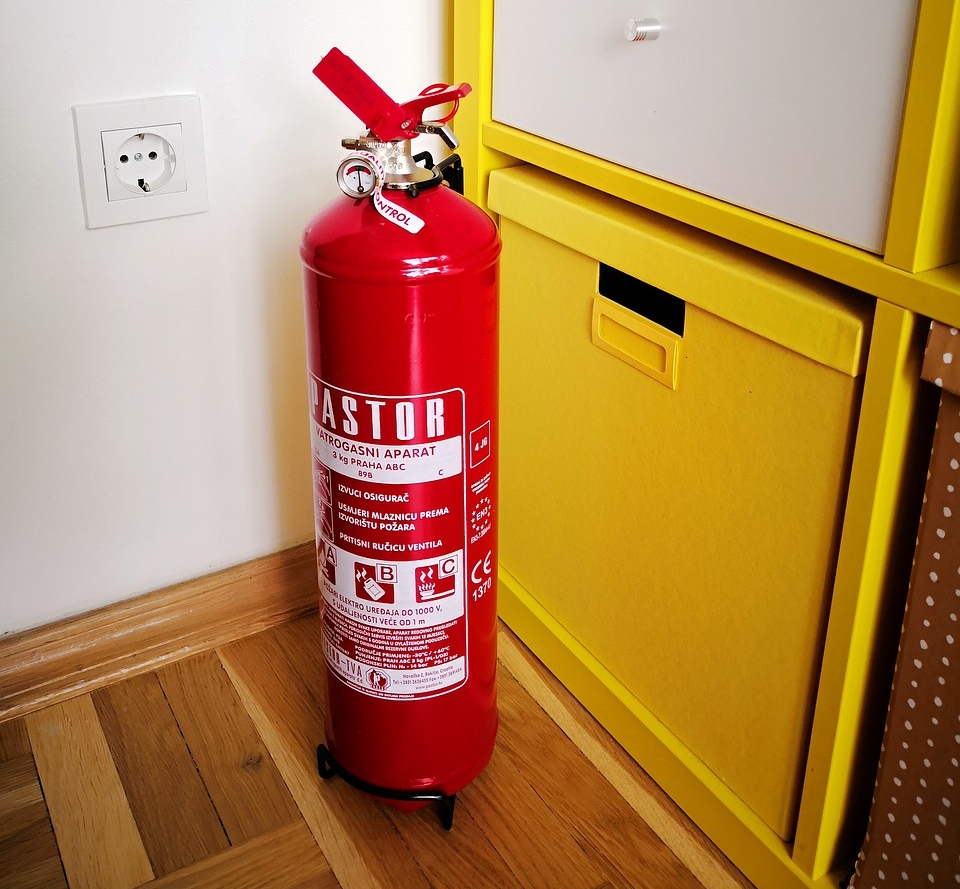Practice the Skills You Need To Manage Conflicts at Work
How many people do you know that have ever used a fire extinguisher? This piece of amazing equipment is designed to be an active fire protection device used to extinguish or control small fires, often in emergencies.
It is not intended for use on an out-of-control fire; different tools are then required. But since its invention in 1723 (thank you, Ambrose Godfrey!), fire extinguishers have been very useful when people knew how to use them.
Many People Own A Fire Extinguisher – But How Many Have Used It?
I ask this question because many people have never used a fire extinguisher.
Knowing how they are intended to work and having one safely lodged in your car and laundry room at home doesn’t protect you.
That is important to think about because when a person faces an emergency, it is not the time to figure out how to hold it and release the flow!
Humans are often in fight or flight mode in these moments. Our amygdala has been hijacked, and we do not think well or make smart decisions.
There are numerous examples of how people accelerated the spread and severity of fires because of their initial response to the fire.
Using the Right Tool in the Right Way When Managing Conflict
All of us need to make smart decisions when we are in moments of stress or even crisis.
That is why practice time with expired fire extinguishers can help you act confidently and competently in the case of a house fire. So please do not wait till the day you need to get it right to pick one up for the first time.
I was thinking about this example of fire extinguishers when considering the tools we have around us to deal with workplace conflict.
Of course, grabbing the nearest fire extinguisher and dousing the troubled parties is not a good idea! But you do have tools to assist you in managing conflict; the point is, do you know how to use them effectively?
Here are some examples
- Practice active listening skills
- Demonstrate empathy
- Be compassionately curious
- Demonstrate calmness
- Act with civility
- Not jumping to assumptions
- Not gossiping
- No eye-rolling
- Not yelling at others
- Have a difficult conversation
- You are able to own your behavior, accept responsibility for your actions, and apologize sincerely
- Ask for help
Because You Have the Tools Doesn’t Mean You Practice Them
I focused only on some internal traits.
They are human traits and available to us, just like the extinguisher over there on the wall.
We instinctively understand how the tools are supposed to work. We have often not practiced with them, and when conflict arises, we are not ready. As a result, we run the risk of using the wrong or inappropriate response or not responding at all, which can accelerate the risk and cause more problems.
My suggestion is to practice these skills.
These are the tools designed to knock down and make things safe at the first signs of trouble. Don’t wait until the problem is so large that more extensive help is required.
Just like the fire extinguisher.
Available Resources
There are some terrific resources widely available to us in learning how to use these tools to improve how we respond to conflict.
You might try understanding more about your response to conflict by taking the Thomas Kilmann Conflict assessment or reading up on how to have a difficult conversation, or elevating your ability to be empathetic or demonstrate active listening.
It is important to know how to use emergency equipment to mitigate harm and damage, and I consider the above list of resources and tools to be emergency equipment when it comes to conflict.
I hope some of this will help you to promote your level of preparedness and readiness.
Just in case.
After all, here in British Columbia, it is fire season.






